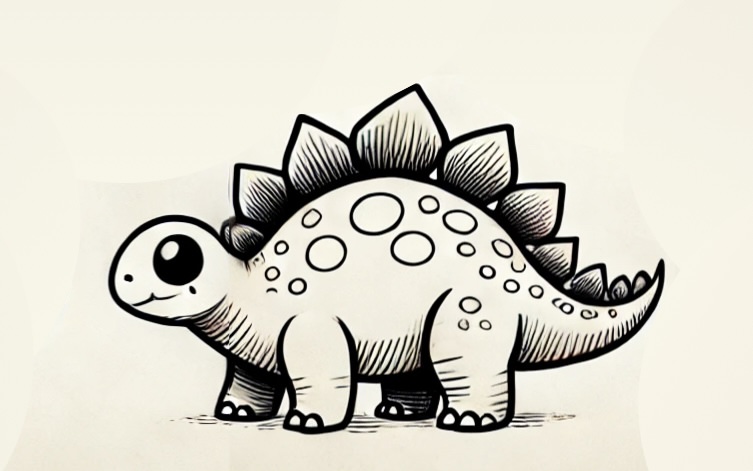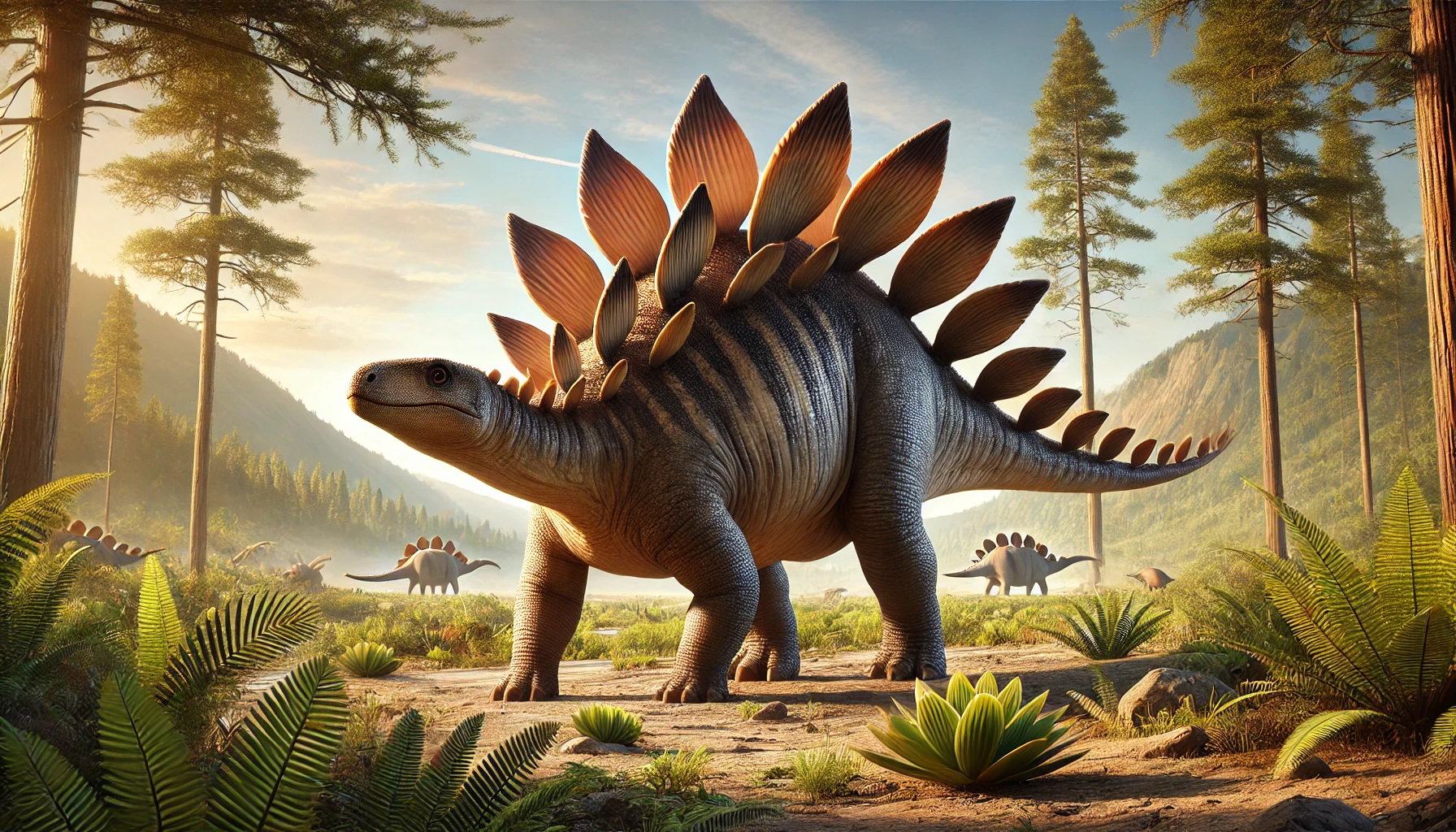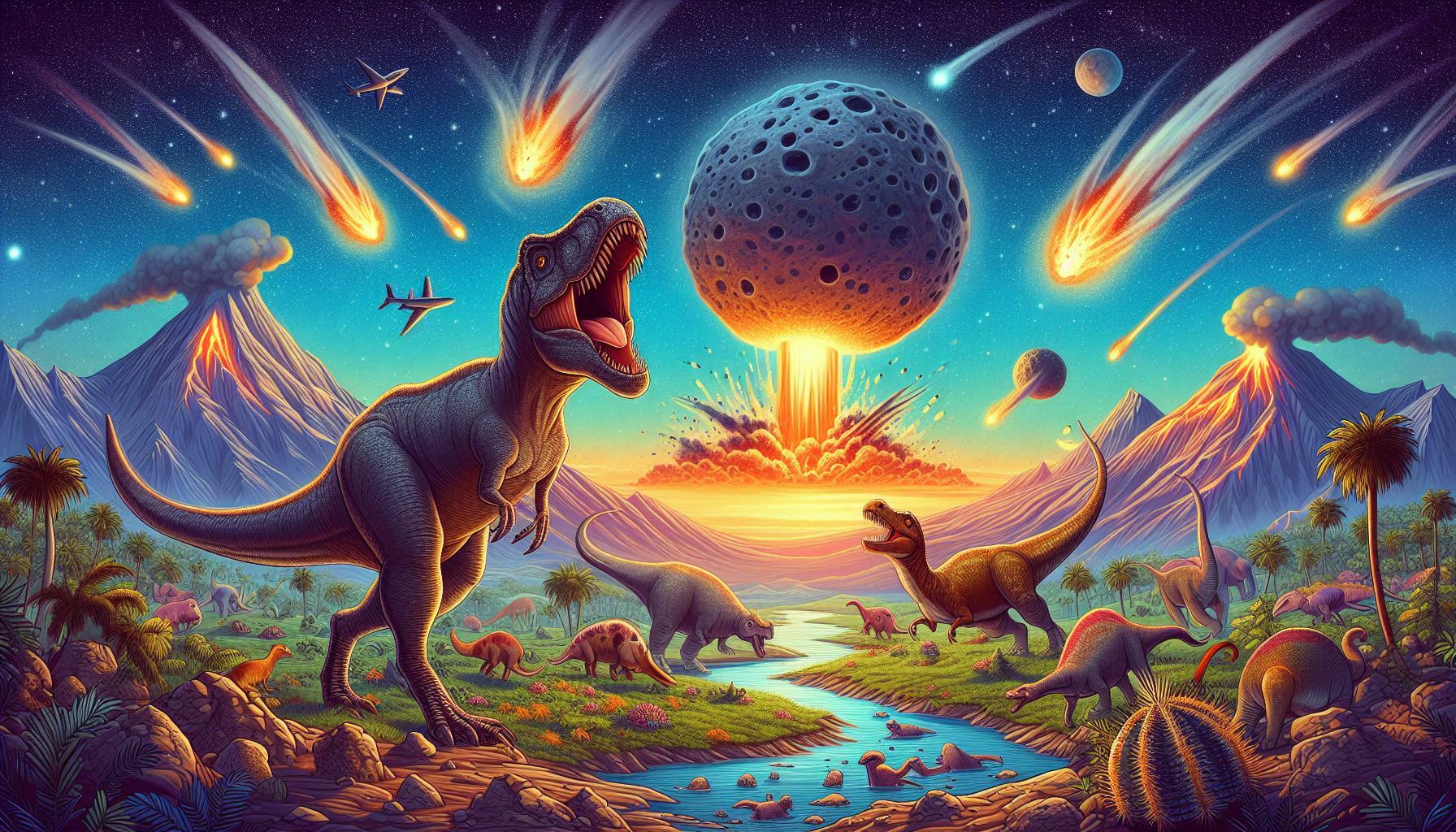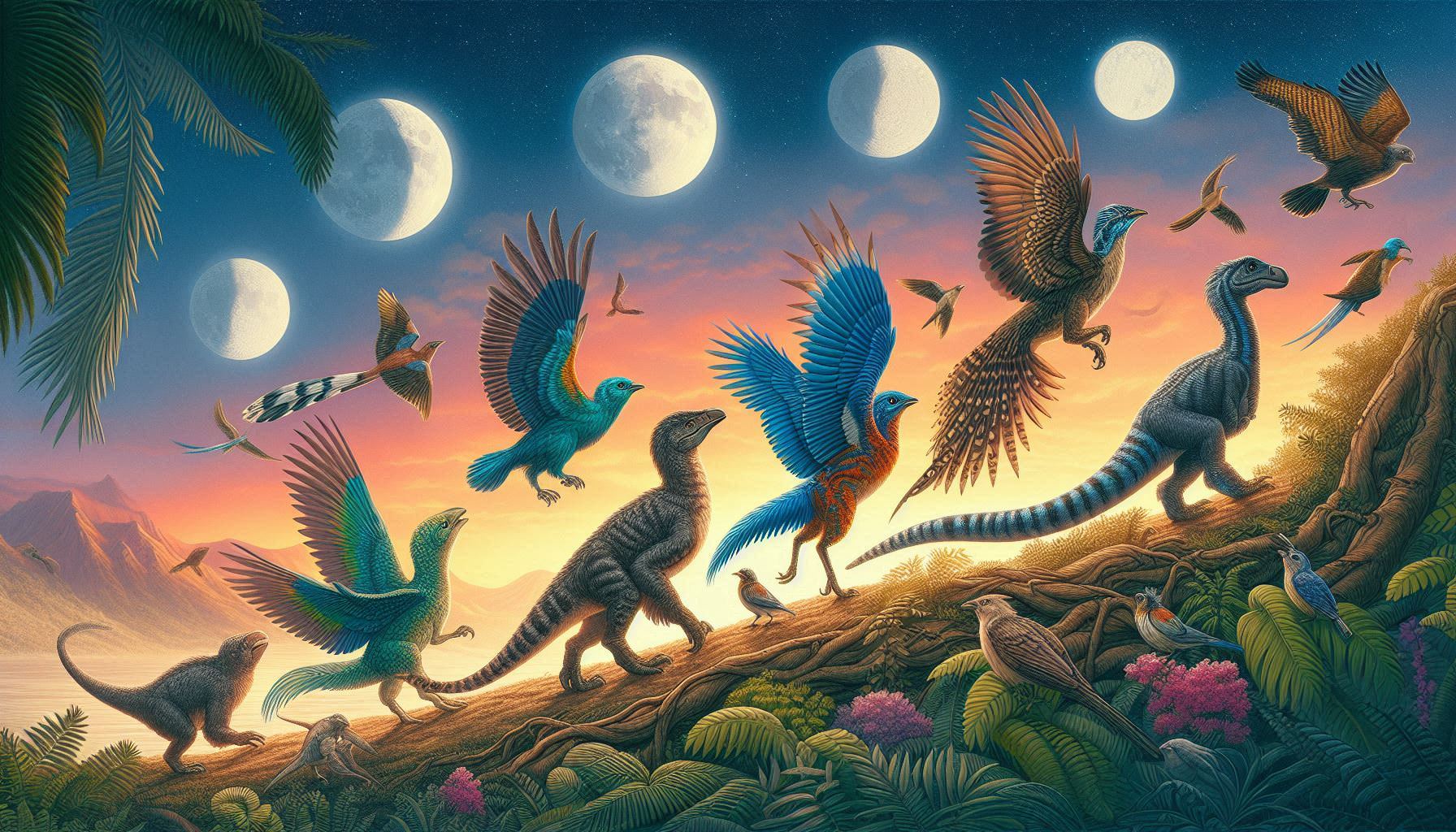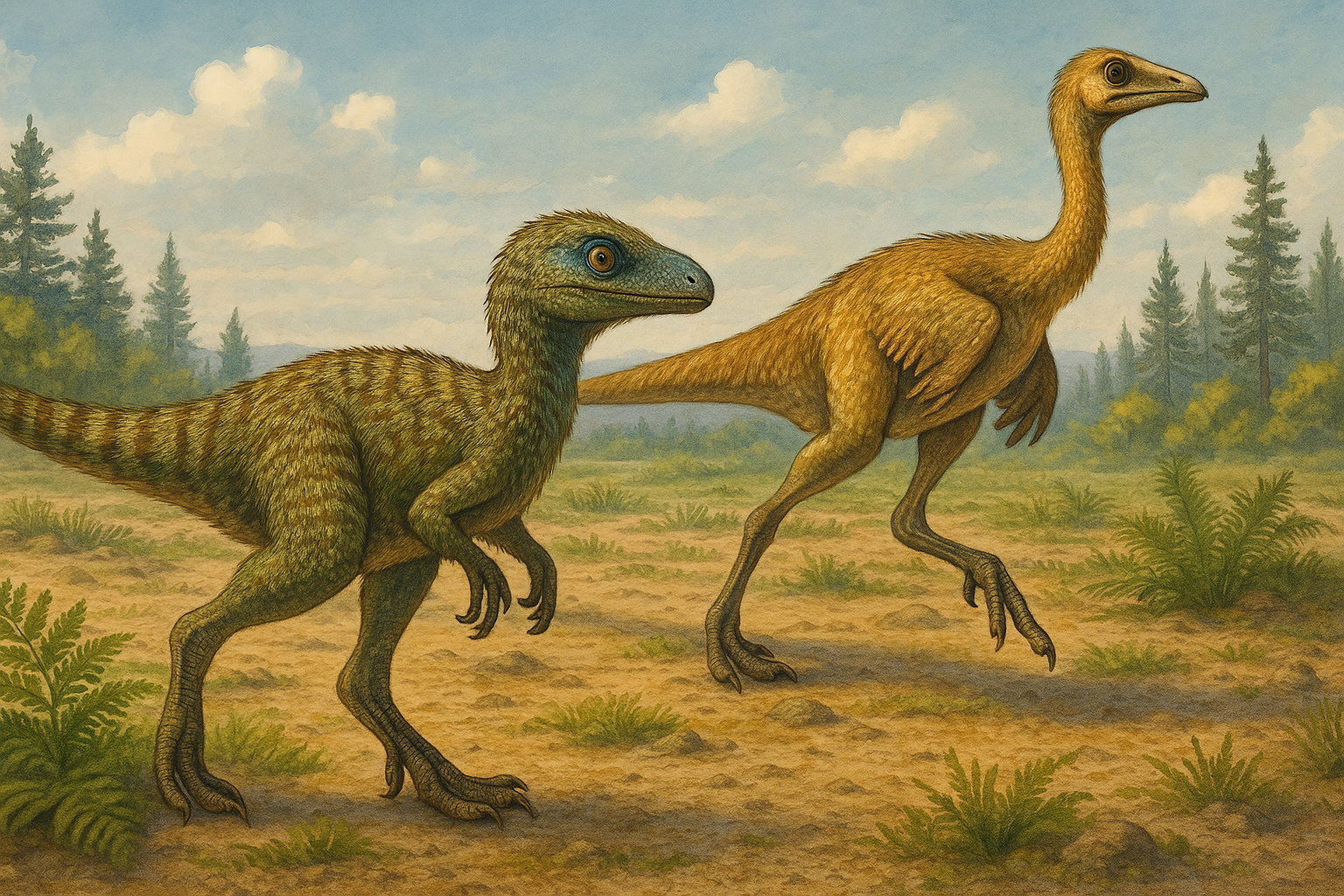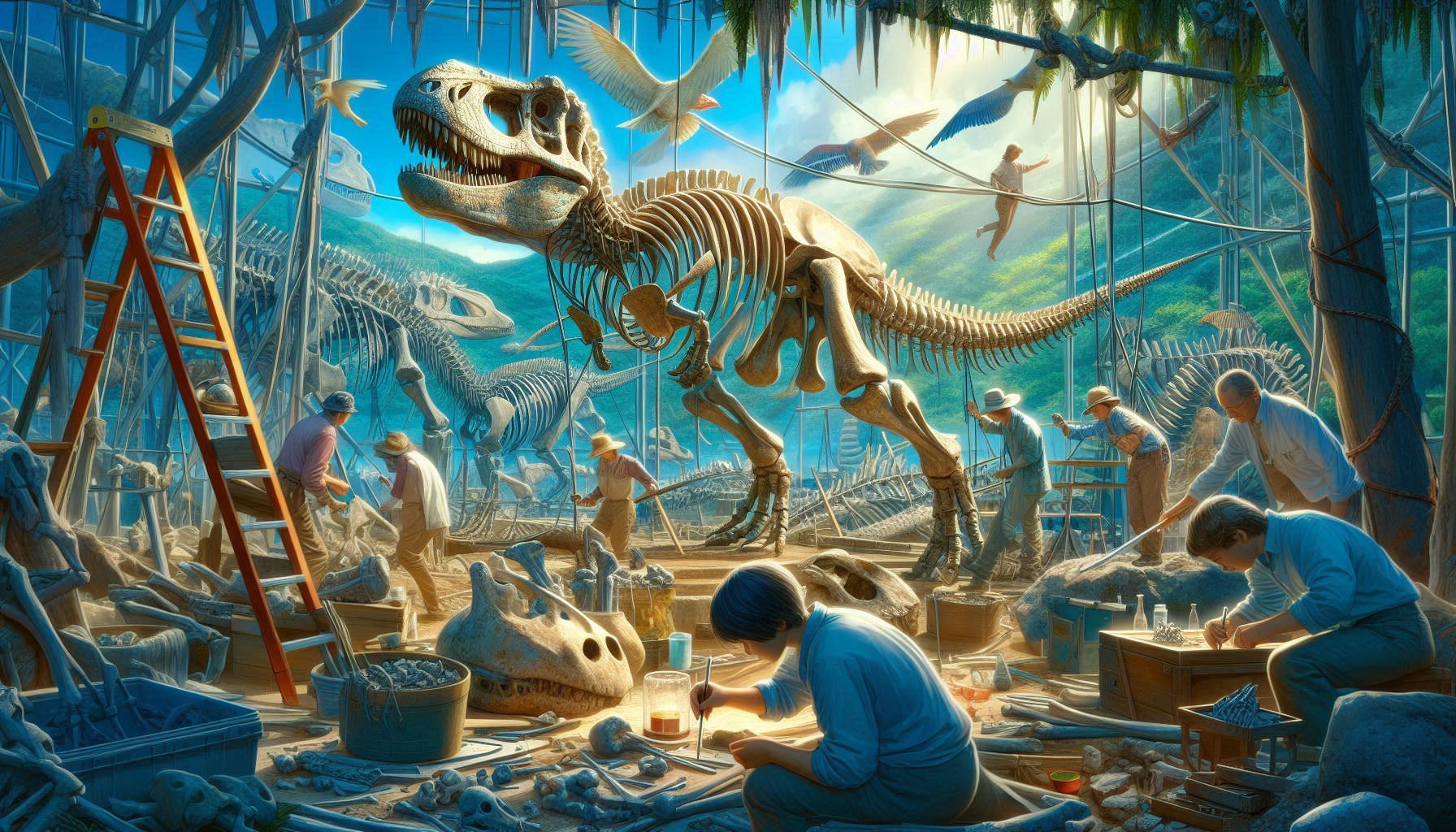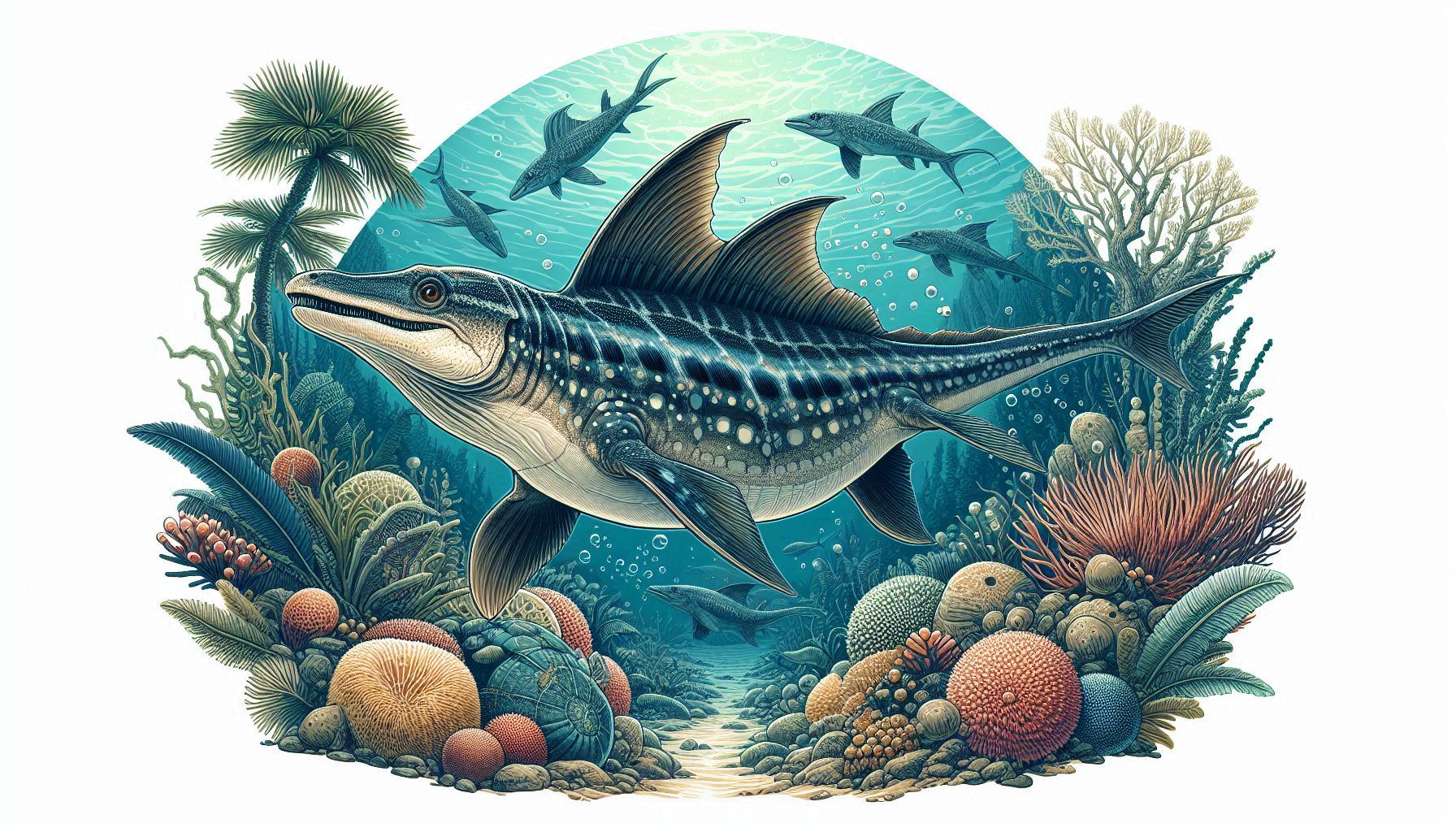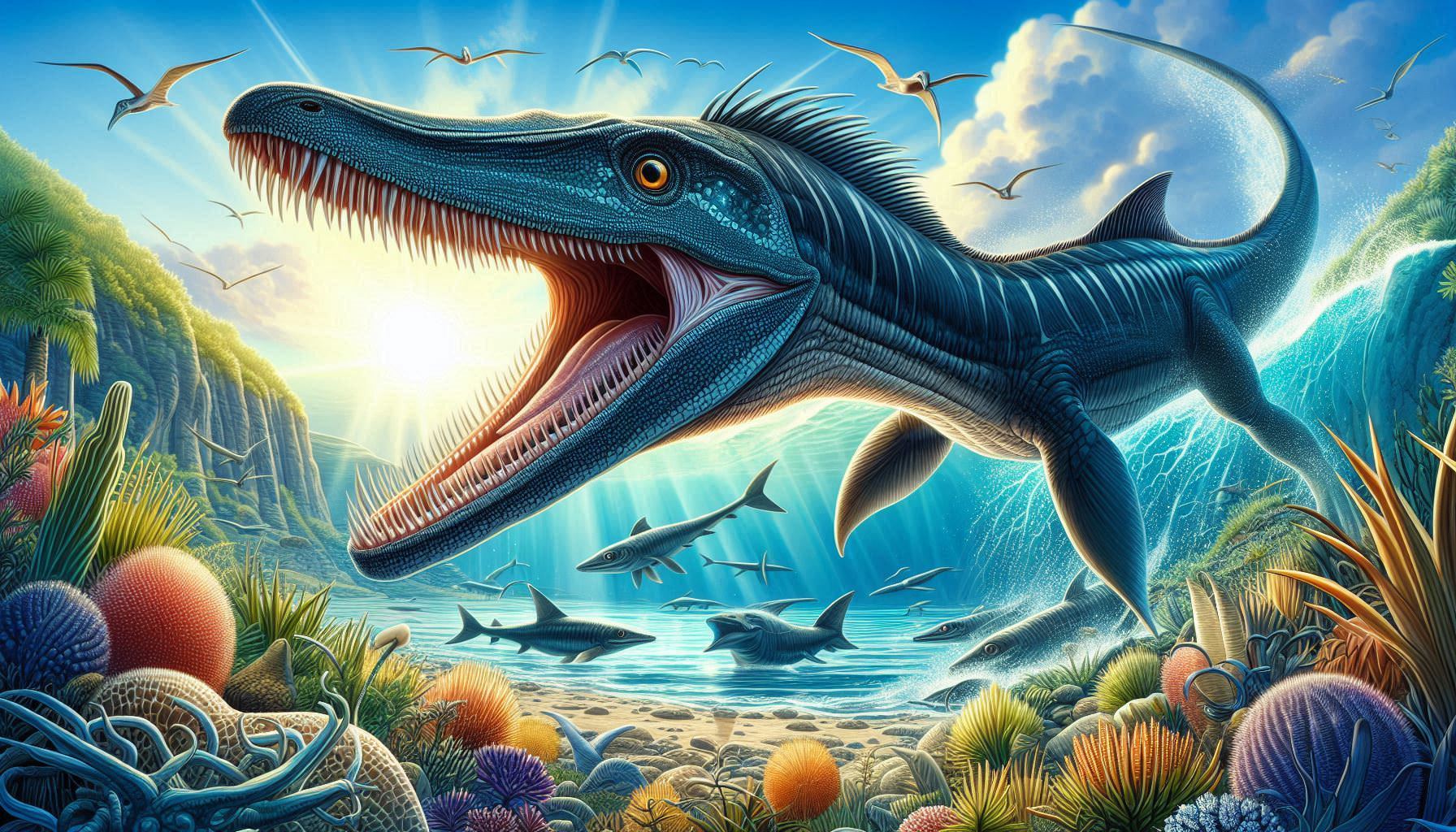If you’ve ever seen a dinosaur book or movie, chances are you’ve come across a creature with giant back plates and a spiked tail. That’s Stegosaurus, one of the most iconic dinosaurs to ever walk the Earth. But behind its unusual appearance lies a fascinating story of survival, adaptation, and scientific mystery.
- What Is a Stegosaurus?
- How Big Was Stegosaurus?
- What Did Stegosaurus Eat
- The Famous Plates and Tail Spikes
- Why Is Stegosaurus So Popular?
- Key Facts at a Glance
- FAQ
- What is a Stegosaurus?
- How big was a Stegosaurus?
- What did Stegosaurus eat?
- What were the plates on a Stegosaurus for?
- Did Stegosaurus use its tail for defense?
- When was Stegosaurus discovered?
- Is Stegosaurus a good dinosaur for kids to learn about?
- How to draw a stegosaurus?
What Is a Stegosaurus?
Stegosaurus, which means “roofed lizard” in Greek, lived around 150 million years ago during the Late Jurassic period. It belonged to a group of dinosaurs known as thyreophorans, or armored dinosaurs, and it roamed what is now western North America, including modern-day Colorado, Utah, and Wyoming.
With its distinctive double row of bony plates running along its back and a dangerous spiked tail (called a thagomizer), Stegosaurus looked ready for battle—but it was actually a peaceful plant-eater.
How Big Was Stegosaurus?
Despite its fierce-looking armor, Stegosaurus wasn’t the biggest dinosaur around. Most individuals grew up to 30 feet (9 meters) in length and weighed around 5 tons—about the size of a modern elephant. But it had a very small head and an even smaller brain—about the size of a lime!
This has led to the common myth that Stegosaurus was “dumb.” While it’s true its brain was small for its size, it was likely smart enough for the simple life it led—slow-moving, plant-eating, and defending itself when needed.
What Did Stegosaurus Eat
Stegosaurus was a herbivore, feeding mostly on ferns, cycads, mosses, and other low-lying prehistoric plants. Its teeth were small and not good for chewing. Instead, it likely swallowed its food whole or in large chunks, letting its gut do most of the work.
Some paleontologists believe it used its beak-like mouth to strip leaves from branches, while others suggest it fed close to the ground, browsing vegetation much like a cow.
The Famous Plates and Tail Spikes
One of the biggest mysteries about Stegosaurus lies in its back plates—those large, flat, triangular bones that ran in two alternating rows from its neck to its tail.
Early scientists thought the plates lay flat, like roof tiles (hence the name). But today, most believe they stood upright. What were they for? Theories include:
- Defense: Making the dinosaur look bigger and scarier.
- Thermoregulation: Helping it release body heat.
- Display: For attracting mates or intimidating rivals.
Then there’s the tail. Stegosaurus had four sharp spikes at the end of its tail, which could swing with serious force. In fact, one Allosaurus fossil shows a hole in its bones likely caused by a Stegosaurus tail spike, proving it could defend itself effectively.
When and Where Was It Discovered?
The first Stegosaurus fossil was discovered in 1877 by Othniel Charles Marsh during the famous “Bone Wars” — a fierce fossil-collecting rivalry in the American West. Since then, dozens of specimens have been found, making it one of the best-known dinosaurs.
In 2024, a nearly complete Stegosaurus named “Apex” was unveiled at the American Museum of Natural History in New York. Found in Colorado, Apex is one of the most complete fossils ever found of this species, helping scientists better understand how it looked and moved.
Why Is Stegosaurus So Popular?
From cartoons to museums to toys, Stegosaurus has become a symbol of dinosaurs. Its unique look makes it easy to recognize, and its herbivorous, slow-moving nature makes it a favorite among kids.
Scientists still have questions about how it lived, how it used its plates, and how it evolved. But what’s certain is that Stegosaurus remains a window into a fascinating prehistoric world.
Key Facts at a Glance
• Name meaning: “Roofed lizard”
• Length: Up to 30 feet (9 meters)
• Weight: Around 5 tons
• Diet: Herbivorous (ferns, low plants)
• Time period: Late Jurassic (about 150 million years ago)
• Location: North America
• Famous features: Back plates, spiked tail
FAQ
What is a Stegosaurus?
Stegosaurus was a plant-eating dinosaur that lived around 150 million years ago during the Late Jurassic period. It’s known for its back plates and spiked tail.
How big was a Stegosaurus?
Most Stegosaurus individuals grew up to 30 feet (9 meters) long and weighed about 5 tons—roughly the size of a modern elephant.
What did Stegosaurus eat?
Stegosaurus was an herbivore that ate low-lying plants like ferns, mosses, and cycads. Its small teeth were suited for soft vegetation.
What were the plates on a Stegosaurus for?
Scientists believe Stegosaurus plates may have been used for display, defense, or regulating body temperature.
Did Stegosaurus use its tail for defense?
Yes, the tail had four sharp spikes called a thagomizer, which it likely used to defend against predators like Allosaurus.
When was Stegosaurus discovered?
The first fossil was found in 1877 by paleontologist Othniel Charles Marsh in the U.S. state of Colorado.
Is Stegosaurus a good dinosaur for kids to learn about?
Yes! With its unique look and peaceful nature, Stegosaurus is one of the most popular dinosaurs among children and educators.
How to draw a stegosaurus?
To draw a Stegosaurus, start with a large oval for the body and a smaller circle for the head. Connect them with a curved neck. Add four sturdy legs and a long tail. Sketch a small beak-like mouth and an eye. Then draw two rows of triangle-shaped plates running from the neck to the tail, and finish with four spikes on the tail. Use gentle curves for a friendly look or sharp angles for a more realistic one. Add texture and color—gray or green shades are common in reconstructions.
